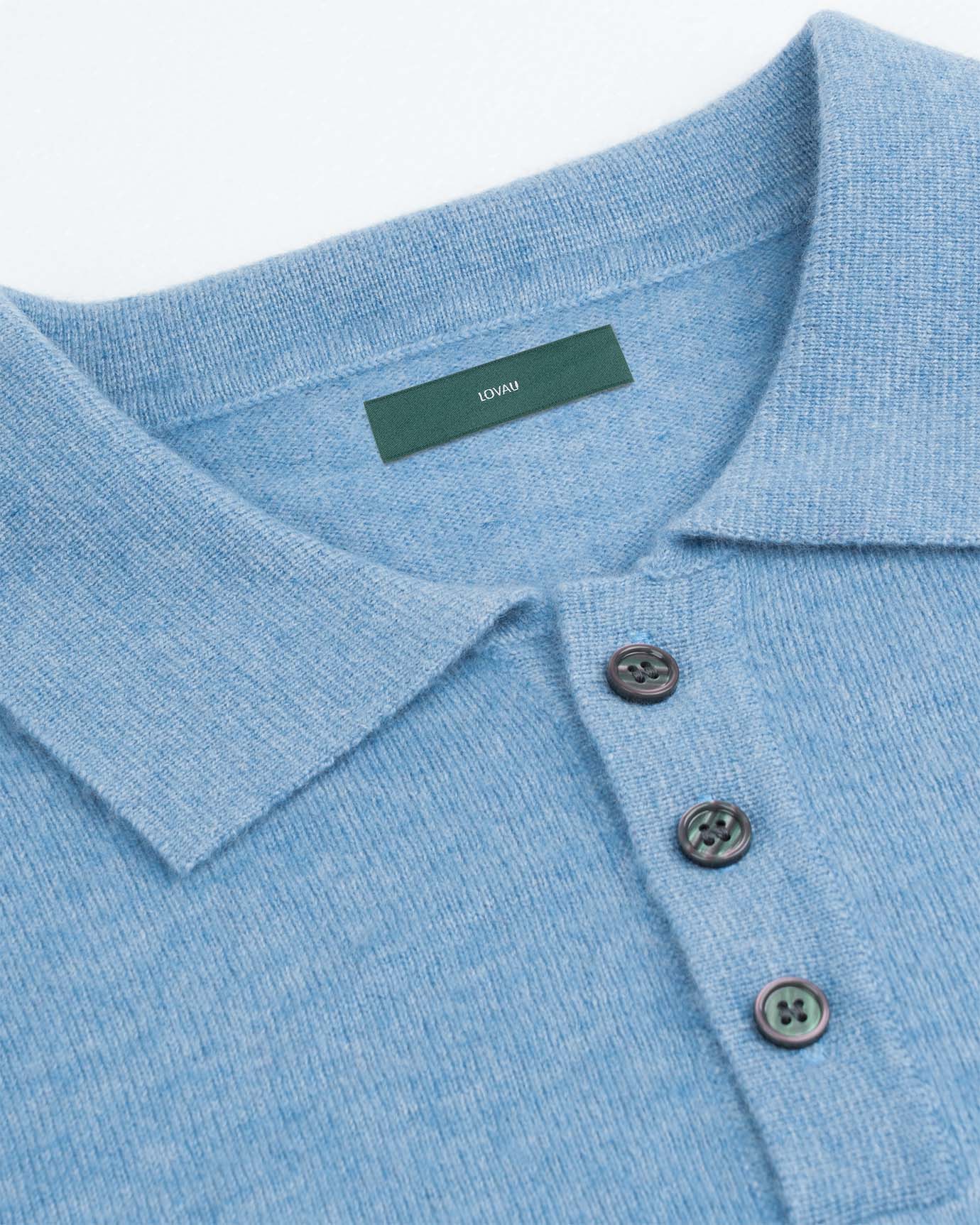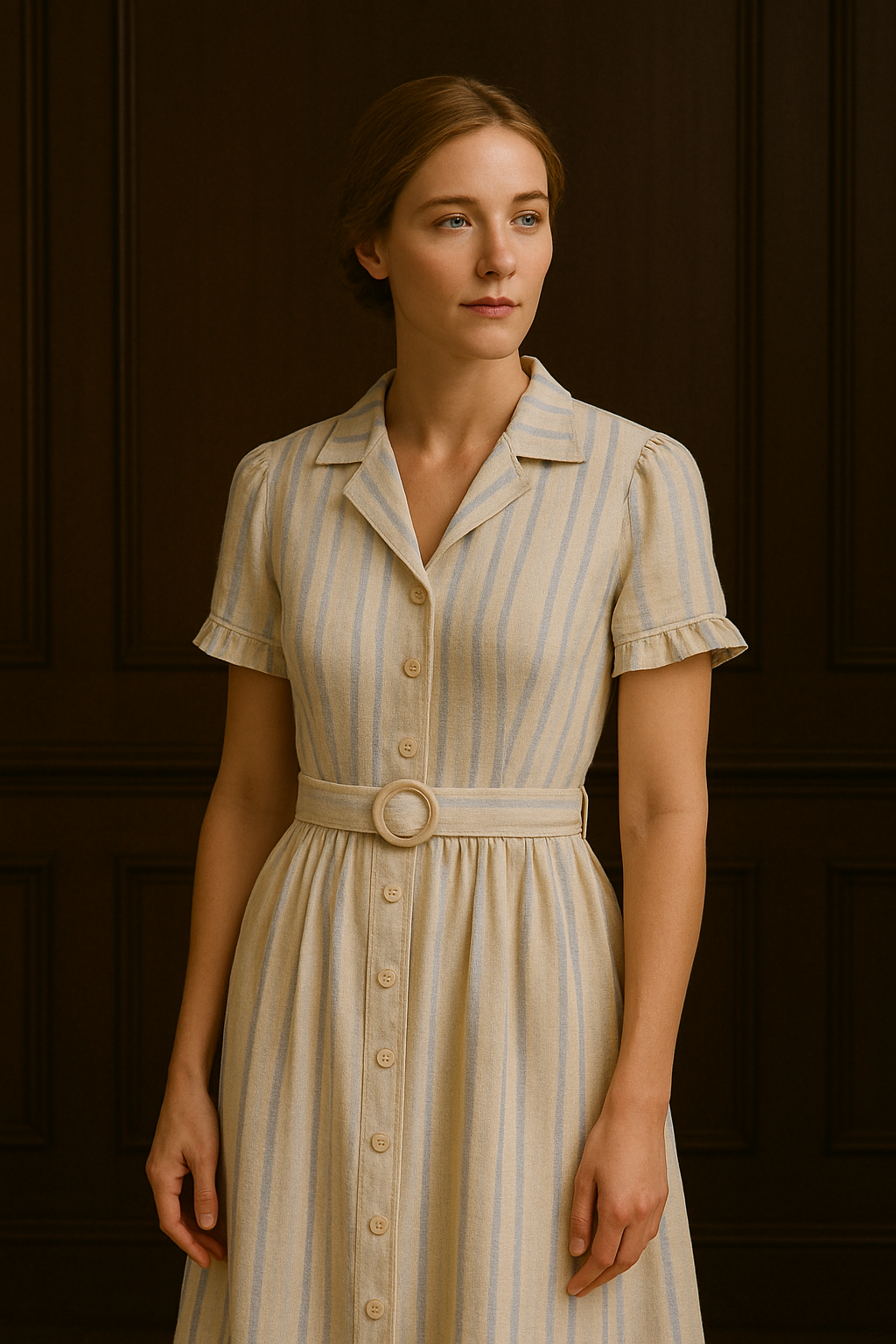
What Gen Z Gets Right (and Wrong) About Old Money Fashion
Old money fashion is no longer just a niche aesthetic, it has taken over TikTok, Pinterest, and Instagram feeds. Gen Z has fallen hard for the look of luxury that whispers rather than shouts. But while they’ve nailed some elements of the style, there’s a growing gap between the image and the intention behind this timeless fashion philosophy. So, what are they getting right, and where are they missing the point?
Let’s explore what makes this trend powerful and how Gen Z can elevate it from imitation to true elegance.
The True Meaning of Old Money Style
To understand old money fashion, we must first understand heritage. This style isn’t about flaunting labels or chasing trends. It’s about consistency, discretion, and quiet confidence. From tailored blazers to silk scarves, the old money wardrobe is built to last, not to go viral.
The origin of this aesthetic lies in generational wealth, where clothing was curated for longevity and subtlety. For Gen Z to truly embrace it, they need to look beyond aesthetics and into its roots.

What Gen Z Gets Right About the Look
Gen Z has a sharp eye for visual curation. Their fascination with structured silhouettes, neutral palettes, and vintage tailoring reflects a sincere appreciation for refined fashion. Platforms like TikTok have played a key role in resurfacing iconic pieces such as pleated trousers, oversized button-downs, and penny loafers.
This generation has reignited the appeal of wardrobe essentials that were once considered outdated, making them cool again through modern styling.
A Win for Sustainability
One of Gen Z’s greatest contributions to the revival of old money fashion is their commitment to sustainability. The slow fashion movement aligns perfectly with old money values, investing in fewer, better items. Thrifting, secondhand shopping, and supporting ethical brands show their desire to wear clothes that are better for the planet.
This shift toward sustainable style is not only on trend but rooted in long-standing fashion principles.
Where the Aesthetic Becomes Hollow
While Gen Z has revived the look, they sometimes reduce it to a costume. Throwing on a cashmere sweater and sipping coffee in a vintage café doesn’t mean you’ve embraced the mindset. Old money fashion is about understatement, not performance.
The moment it becomes about broadcasting luxury online, the style loses its original purpose.
Quiet Luxury Versus Real Tradition
Many confuse quiet luxury with true old money style. Quiet luxury has become a marketing buzzword, but it’s not always rooted in the traditions of generational elegance. Buying expensive basics with logo-free branding is not the same as curating a wardrobe over time based on fit, fabric, and quality.
Gen Z’s tendency to shortcut the process through hauls and curated drops often contradicts the slow, deliberate nature of true investment dressing.
The Trap of Digital Validation
Old money fashion thrives on privacy and discretion. Gen Z, however, lives in a world of oversharing. “Outfit of the day” reels and “get ready with me” videos may showcase the look, but they often conflict with the philosophy of dressing for yourself, not your followers.
True old money elegance doesn’t care for attention. It’s about authenticity, not likes.
Modern Interpretations Can Work
Despite the missteps, Gen Z’s creativity has brought a modern twist to traditional style. Pairing loafers with baggy jeans or layering oversized oxfords over crop tops reflects how they are evolving the aesthetic with contemporary flair.
This remix shows fashion’s adaptability. When done right, it brings new life to old traditions without sacrificing the integrity of timeless fashion.
The Icons Still Lead the Way
If Gen Z really wants to master this style, they should study icons like Audrey Hepburn, Grace Kelly, and Jacqueline Kennedy Onassis. These women didn’t dress to impress others, they dressed to reflect their values. Their wardrobes were based on simplicity, tailoring, and taste.
These fashion leaders weren’t trying to go viral. They were building lifelong style legacies that still inspire today.
The Importance of Investment Dressing
A crucial element of old money style is investing in long-lasting wardrobe staples. Gen Z is slowly adopting this principle, especially with the rise of capsule wardrobes and neutral-toned collections. The key is avoiding mass-produced fast fashion and choosing pieces that speak to longevity.
Choosing wool over polyester, or handcrafted shoes over trendy sneakers, is not just a style decision, it’s a mindset.
Gender Fluidity Adds Power
Old money fashion has always had an androgynous edge. Think tailored suits, crisp shirts, and clean lines. Gen Z has pushed this even further by championing gender-neutral fashion. This makes the style more inclusive and relevant than ever.
Blurring gender lines without compromising on classic form is one of the strongest updates the younger generation has brought to the table.

Turning Trends Into Timeless Habits
The real power of old money fashion lies in turning the trend into a lifestyle. It’s not about dressing like you’re rich, it’s about dressing like you know who you are. Gen Z has the tools, resources, and creativity to go beyond surface-level styling and embrace fashion with intention.
When their choices align with timeless values, simplicity, sustainability, authenticity, they aren’t just following a trend. They’re creating a movement that could define modern elegance for the next generation.







